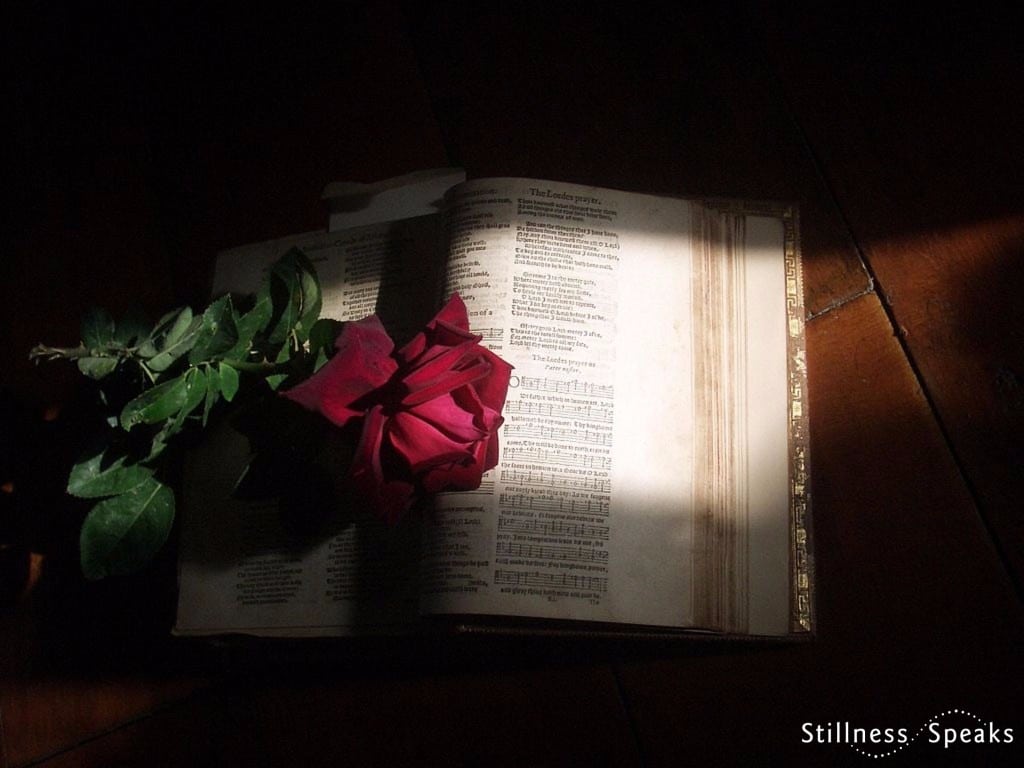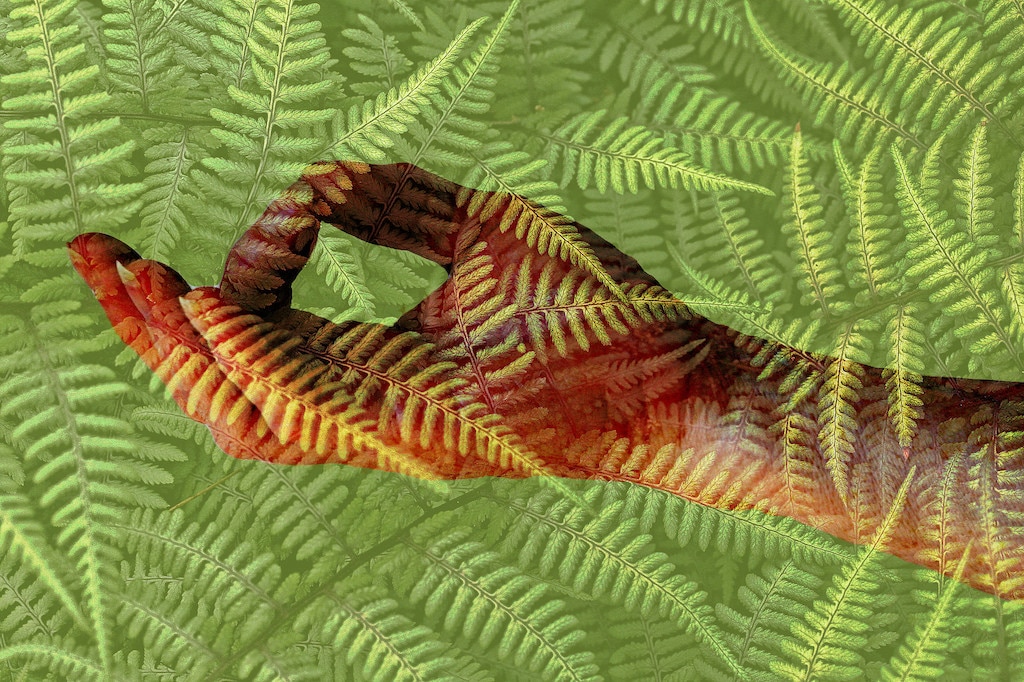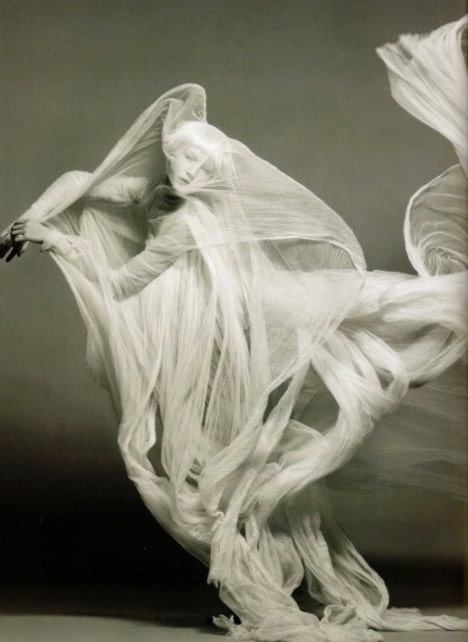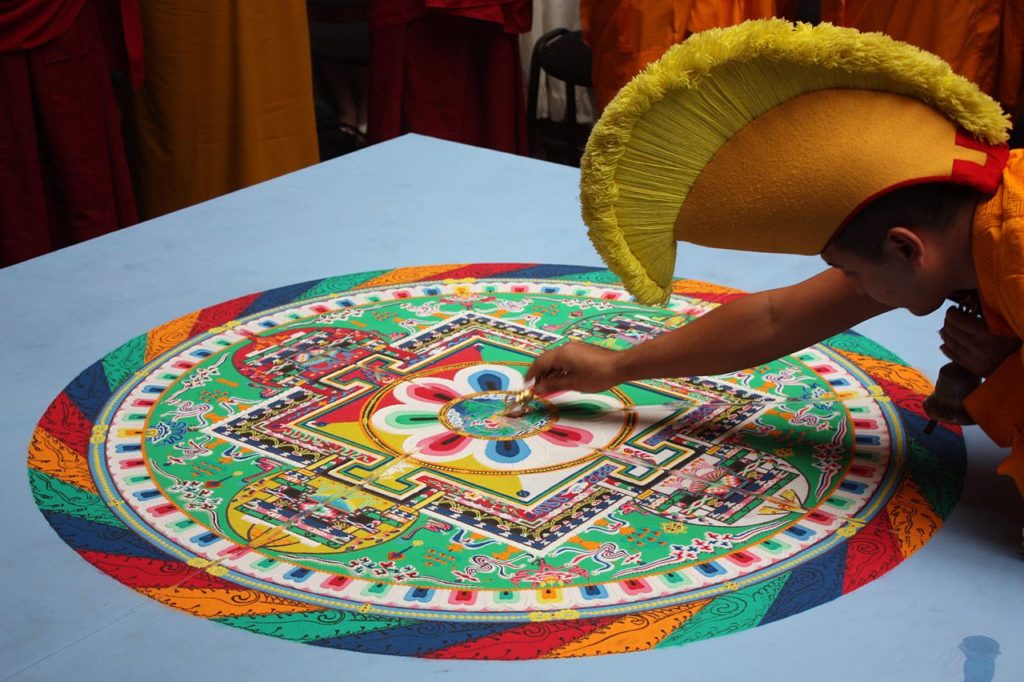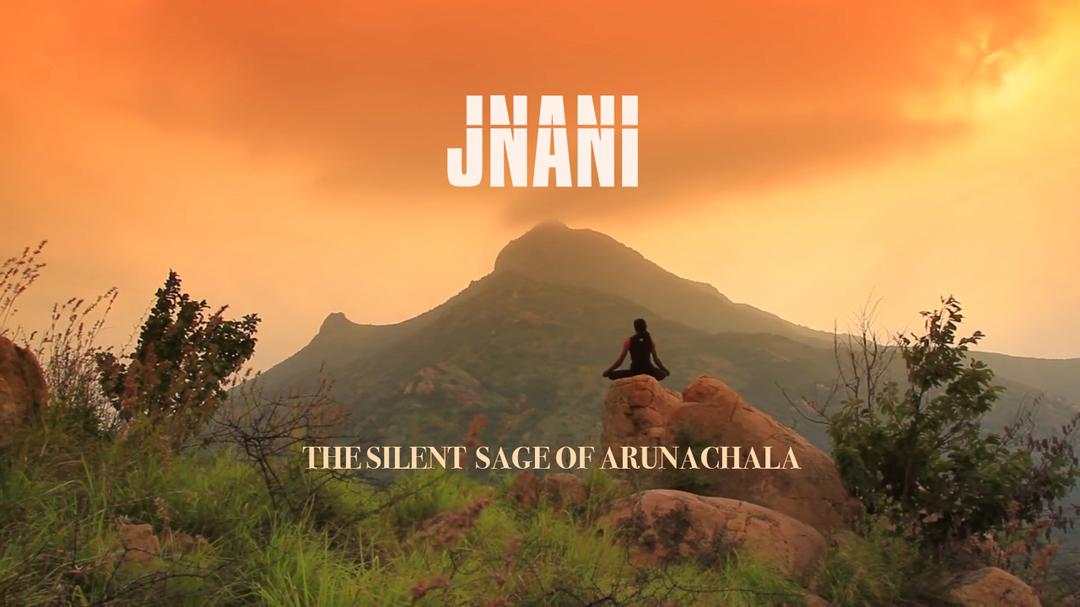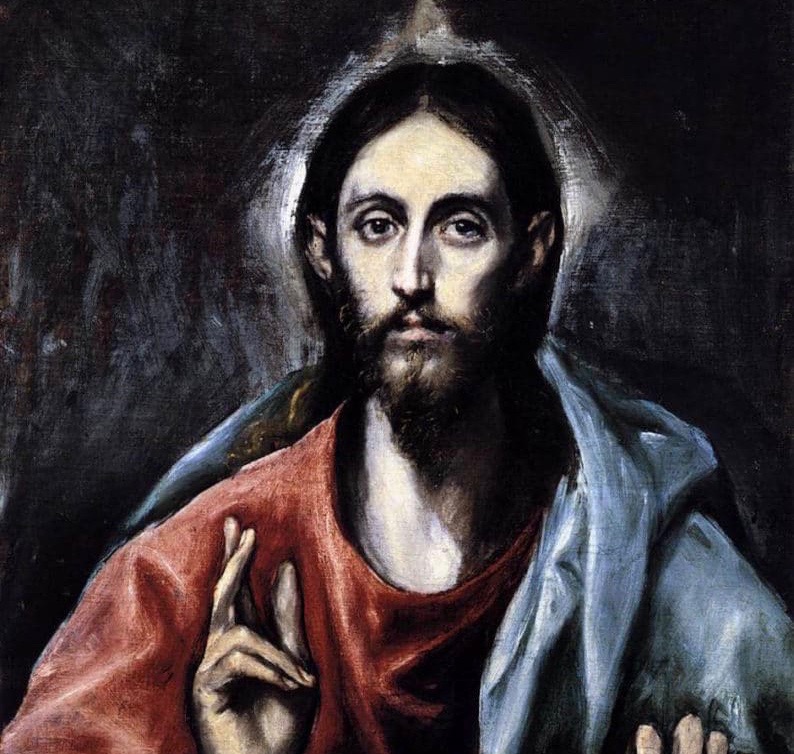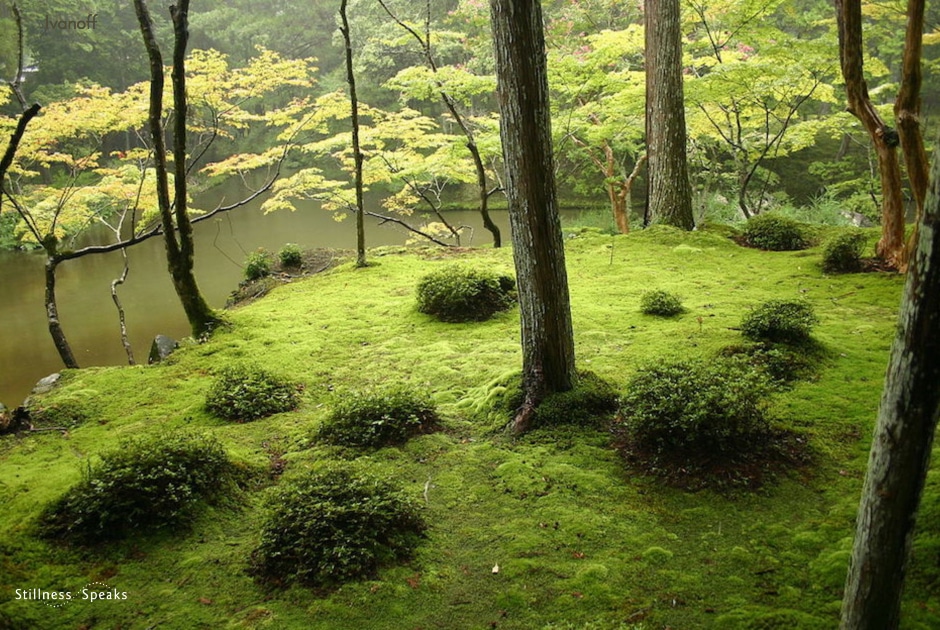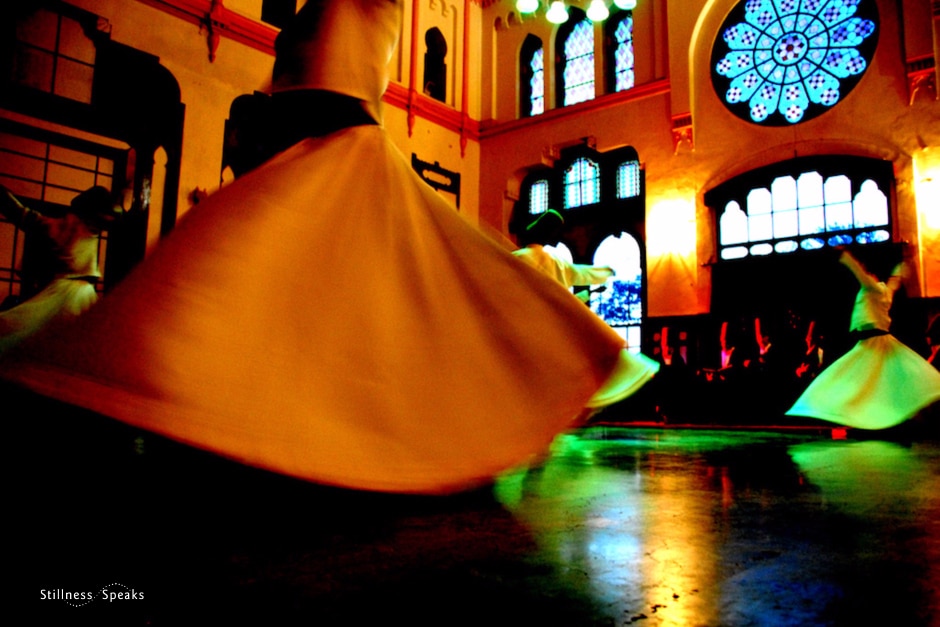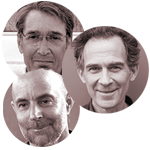In Arthur Osbourne’s The Mind of Ramana Maharshi, there is an anecdote that has always fascinated me. When asked by a visiting poet to the Ramanasramam for permission to write poems in praise of the great Indian master, Sri Ramana apparently remarked, “All this is only activity of the mind. The more you exercise the mind and the more success you have in composing verses, the less peace you have.”
When I asked Dublin poet, Gabriel Rosenstock, in a recent interview to comment on the tale, he said, “Let’s not forget that Sri Ramana composed poetry himself, such as The Marital Garland of Letters. We know that tears came to his eyes when works by Tamil poet-saints were read aloud to him.”
There are many paths up the proverbial mountain. The established approaches in Advaita Vedanta are jnana yoga (knowledge), bhakti yoga (surrender), karma yoga (selfless service) and raja yoga (a combination of all three yogas, with particular emphasis on meditation).
Another more scenic route I am exploring on The Culturium that has similarly been endorsed by the ancient rishis of India is the path of the cultural arts and one which I am sure would have been close to Sri Ramana’s own heart.
Indeed, the Natya Shastra, which is attributed to sage Bharata Muni, is a seminal text in the significance of the arts (and in particular, drama) as a means to discovering moksha (freedom) and ultimately self-realization.
More specifically, identification with a work of art, either through appreciation, composition or even participation, evokes an inner aesthetic transformation or rasa, which transmutes our limited sense of self as we connect with the universality of artistic, and thus sacred, experience.
The Culturium is devoted to the sanctity of the arts, showcasing the work of writers, filmmakers, artists, performers, musicians, philosophers, sages and poets who have delved deep into the stillness within, creating the most intimate expressions of transcendental consciousness whilst concurrently cultivating in the spectator a similarly profound spiritual response.
I have also made my own humble contributions to the site, primarily in the category of Film: first, a stunning performance of the Sufi Mukabele turning ceremony of the whirling dervishes, filmed at the Study Society, West London:
Secondly, an inspiring interview with Sri V. Ganesan, the great-nephew of Sri Ramana Maharshi, shot in Tiruvannamalai, on the great Indian master’s teachings:
And lastly, a beautiful musical rendition of the poetry of Saint Kabir, performed by the flautist, Upahar, in a cave overlooking Mount Arunachala:
The Culturium also has daily posts on Facebook, as well as a weekly newsletter. Join us if you can!
Paula Marvelly
Editor
The Culturium
————————————-
We are honored to share this guest post authored by Paula Marvelly – the Creator and Editor of The Culturium, a magnificent site about Art and Consciousness.
If you enjoyed this post, please subscribe to The Culturium newsletter.
For similar/other content related with Art & Consciousness, please subscribe to Stillness Speaks newsletter.
Post Images: (1) 1581 Psalter with Rose, by Liam Quin, Public Domain, (2) ferny mudra, by liz west, CC BY 2.0, (3) danse, by Beth Scupham, CC BY 2.0, (4) By Участник:GgvlaD (Своя работа),via Wikimedia Commons, [CC0].
Featured Image: Arte Huichol, by Juan Carlos Fonseca Mata, CC BY-SA 4.0, via Wikimedia Commons.
All three YouTube videos: From The Culturium YouTube channel.
